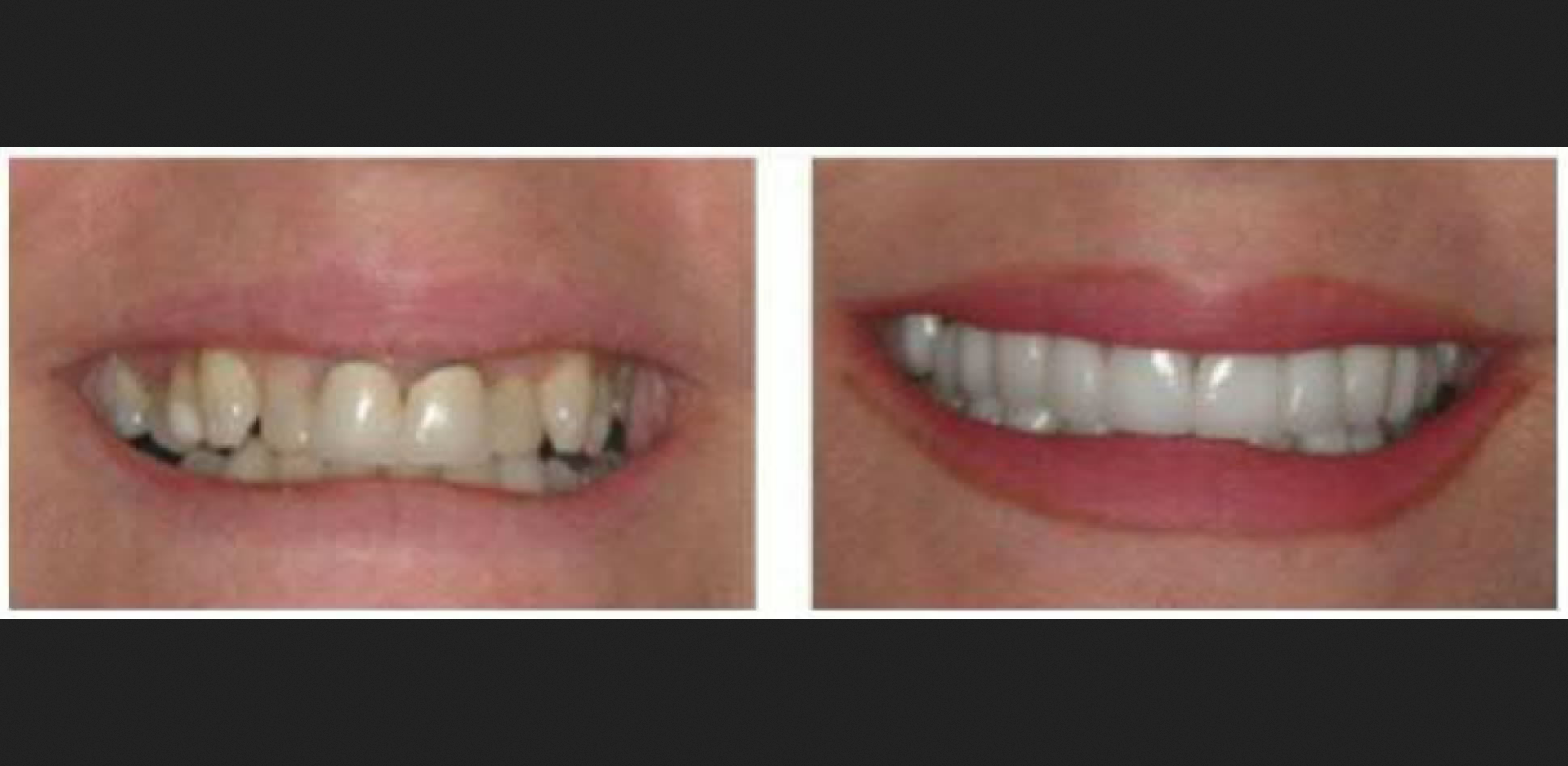Less than 10 days after a truly terrible decision against photographers,[ref]Court Rules Photographs are "Factual Depictions"; Copying Them Is Fair Use[/ref] comes another court decision that rules "before and after" photographs of a dental patient were not entitled to copyright at all. The case, Pohl v. MH SUB I, LLC [ref]2018 WL 3154467 Northern District of Florida, 2018[/ref] holds that the "photographs…lack any creativity or originality primarily because they serve a utilitarian end—to identify goods or services that a viewing customer can expect from the business."[ref]Id. at 3[/ref]
Under this line of reasoning, any photograph that accompanies a realism based advertising campaign is not copyrightable.
How did we get there?
The Plaintiff is a dentist practicing in Florida. One of his specialties is cosmetic dentistry. He takes before and after pictures of his work to place on his website. After doing a Google image search, he found one of his photographs on no less than seven different websites. All of these sites were created by the Defendants.[ref]Id. at 1[/ref]
To be sure, the "before and after" photographs are not going to be confused with the work of Richard Avedon, Annie Leibovitz or Ansel Adams. The photos show a close-up of one of the Plaintiff's patients smiling, identified by the Court as "Belinda."
 Over the next five pages, the Court goes out of its way to ridicule the Plaintiff's case with every tooth or dental related pun or cliché' he can think of:
Over the next five pages, the Court goes out of its way to ridicule the Plaintiff's case with every tooth or dental related pun or cliché' he can think of:
 Over the next five pages, the Court goes out of its way to ridicule the Plaintiff's case with every tooth or dental related pun or cliché' he can think of:
Over the next five pages, the Court goes out of its way to ridicule the Plaintiff's case with every tooth or dental related pun or cliché' he can think of:
- Plaintiff may be chomping at the bit…
- The Court sinks its teeth…
- …rendering the copyright toothless…
- [Plaintiff] fights tooth and nail…
- [Plaintiff] does little to brace himself against this line of argument….
- Plaintiff selected the model. Is this a creative choice?
- The photos are a close-up. They could have been full faced. Is this a creative choice?
- The photos are taken from the front. They could have been taken from the side. Is this a creative choice?
- In the first photograph, "Belinda" is not wearing lipstick. In the second photograph she is. Is this a creative choice meant to make the smile more attractive?
- The Court complains, "there is no creativity in merely having sufficient lighting in the room where Pohl took the photographs." I think your average photographer would disagree on this point. Lighting the room is everything.
- The Court complains "To the extent he posed her for the camera, it was to tilt her head, lift her chin up or down, instruct her to smile, or to tell her to look at the camera." I sincerely doubt that the photographer who took my son's senior portrait did much more than that in "posing" him. Does this mean she has no copyright in the portrait?
- The Court complains, "The photo angle involved Pohl ‘mov[ing] the camera in and out until I get it in focus,' —the most rudimentary and basic task for photographers since the era of the daguerreotype. The whole process took no more than five minutes." Why does this matter? Does a sports photographer take longer than a second (if that) to focus and shoot? Does this mean that the sports photographer has no copyright?
- A news photographer who is covering an event (say a political demonstration), has no copyright because the photographer does not adjust the lighting, pose the subjects, and merely focuses the camera and shoots.
- A sports photographer who is covering a game (say a football game in an outdoor stadium), has no copyright because the photographer does not adjust the lighting, pose the subjects, and merely focuses the camera and shoots.
- There is no copyright in a selfie. The pose is likely to be un-creative (put your arm around the person next to you and smile!) and the photographer does not adjust the lighting, nor do they focus (taken care of by the camera!), and shoots.
- There is no copyright in a photograph that accurately depicts a product intended to be used for advertising purposes.